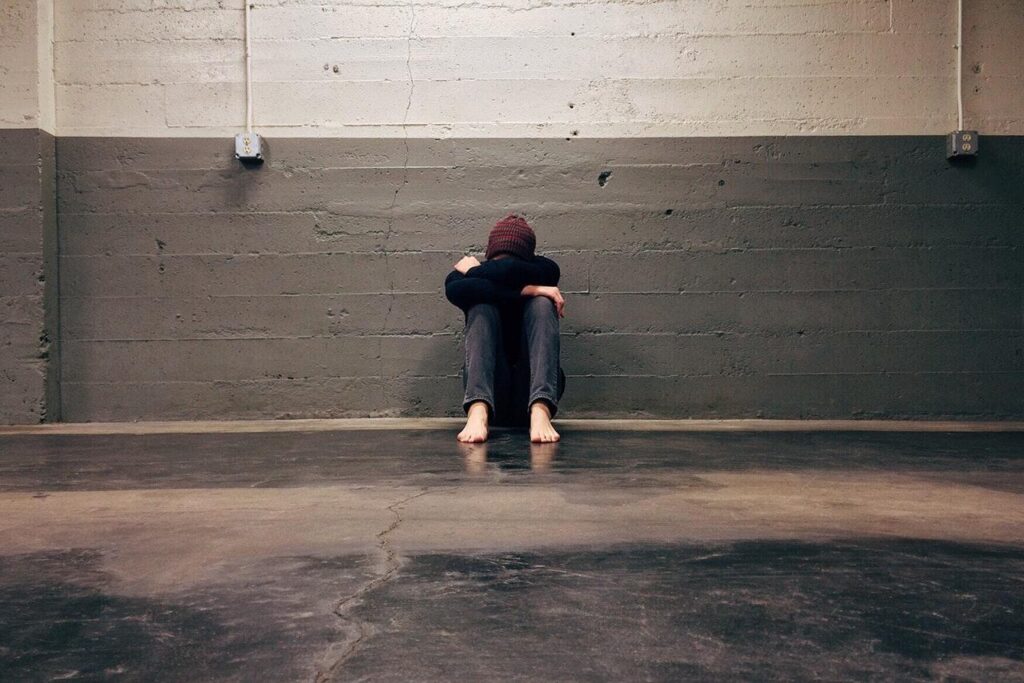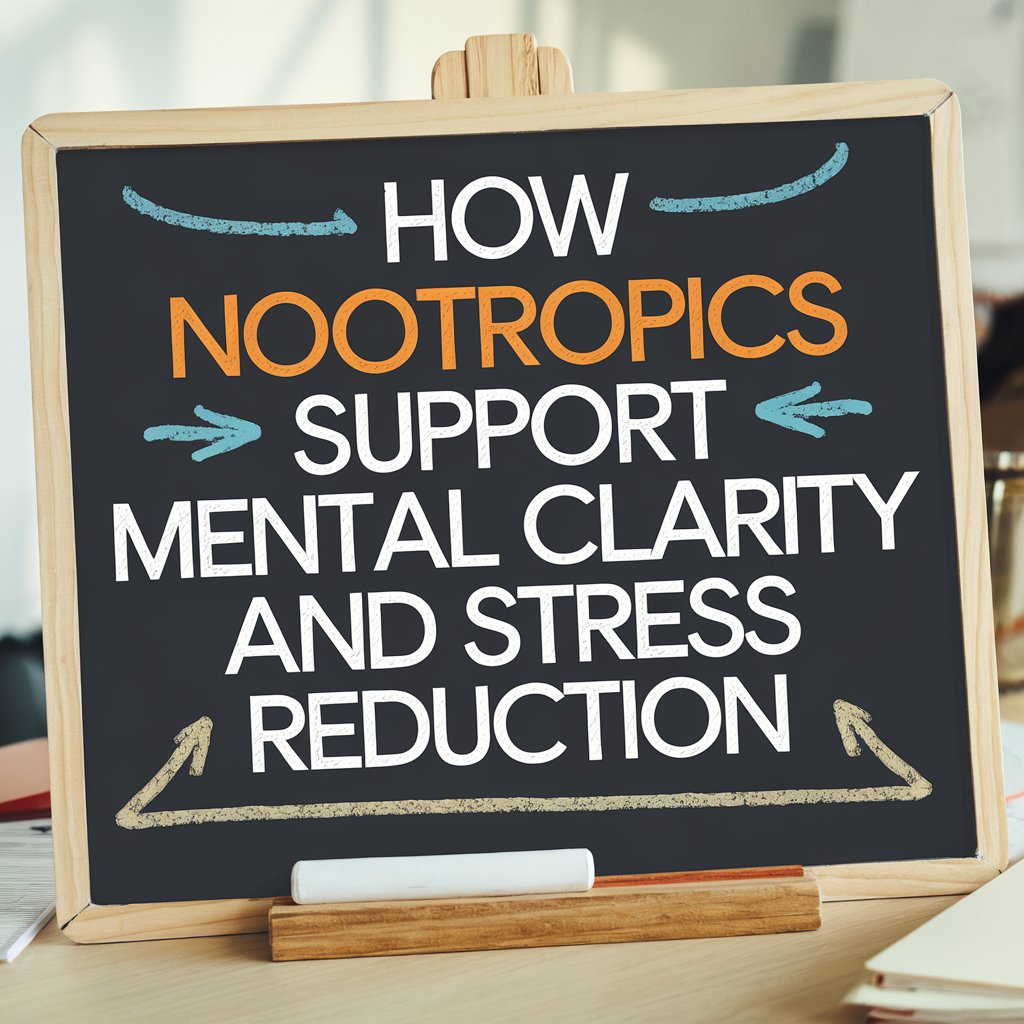The aim of personal injury cases goes beyond simply getting compensation for medical expenses or lost wages. They also cover the emotional and physical effects an injury has on a person’s life. Such effects are commonly referred to as pain and suffering.
Lawyers specializing in personal injury cases often emphasize the inclusion of pain and suffering in a personal jury case. This is very crucial in a city like Chicago, where heavy traffic and high population density often lead to accidents with the possibility of severe injuries.
The experienced Chicago personal injury lawyers at Abels & Annes have helped many clients recover compensation for these non-economic damages. In addition to personal injury, their expertise spans across different domains, including sexual assault, asbestos exposure, insurance disputes, and more. They also offer a “No Fee Unless You Win” policy.
Pain and suffering are real issues, and this article discusses why it must be included in every personal injury case.
Why Pain and Suffering Must Be Included in a Personal Injury Case
A personal injury case cannot exist without pain and suffering since it reflects the non-economic effects of an injury. While economic damages cover medical expenditures and lost wages, pain and suffering address the emotional and physical toll the injury causes. Ignoring these components can be said to be a rejection of the full scope of the victim’s experience.
Here are the reasons why pain and suffering must be included in a personal injury case:
- Addresses Long Term Consequences: Many times, physical injuries result in long-term consequences, including loss of movement or chronic discomfort. A victim with a spinal cord injury, for instance, may have lifelong pain that limits their capacity to work or participate in daily activities. Including pain and suffering guarantees compensation for these long-lasting consequences.
- Accounts for Emotional Distress: Furthermore, emotional distress is also an issue that shouldn’t be overlooked. Many accident victims experience trauma, anxiety, or depression that could interfere with their daily lives. Acknowledging pain and suffering accounts for this emotional damage, which could require mental health treatment or therapy.
- Deals with Loss of Enjoyment of Life: Including pain and suffering is also important since it captures the loss of enjoyment of life. Injuries could keep people from engaging in sports, hobbies, or family time. Paying for misery and pain helps restore this reduced quality of life.
Including pain and suffering into personal injury claims guarantees victims compensation not just for their financial losses but also for the emotional and physical agony they go through. Achieving true justice depends on this holistic approach.
Pain and suffering also guarantees that victims are not left financially strapped as they try to recuperate emotionally and physically. Mental and physical healing might take months, if not years. Therefore, these damages are required to guarantee victims have the financial support required during that period.
Why Failing to Include Pain and Suffering is Unjust
Not only is it unfair, but leaving pain and suffering out of a personal injury claim undermines the reality that victims live with. Usually, the physical toll an accident causes on a person is just one aspect of their suffering. Often times, emotional pain lingers longer than the healing period for a physical injury.
Someone who has been in a major vehicle accident, for instance, may heal from their injuries, but they may still experience anxiety or PTSD when they resume driving. Victims shouldn’t have to deal with the emotional and physical burden of such incidents without just compensation.
Ignoring pain and suffering in a personal injury lawsuit would effectively be the legal system’s way of stating that these losses have little bearing on a person’s life, while the truth is that they can have long-lasting repercussions.






